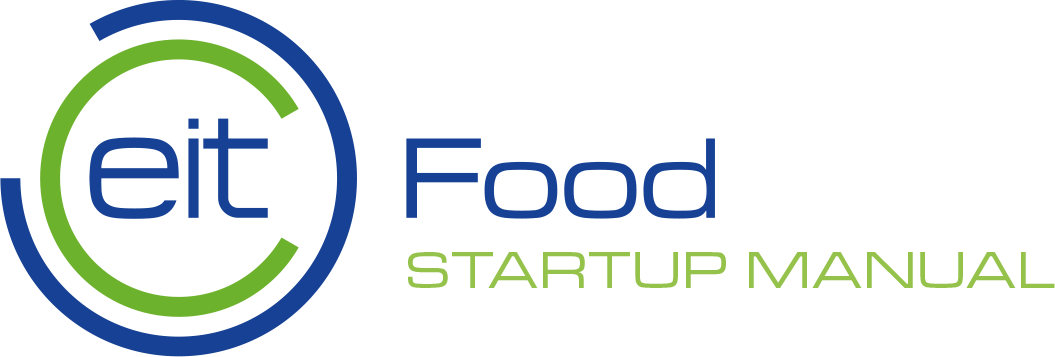Module 7 - Sharing your story
5. Measuring & communicating impact
As a sustainable food business, you’ll want to track the positive impact you’re having in the food system and use metrics gathered to share these with potential customers, investors and other relevant stakeholders. What you measure should ultimately be linked to your mission. What you share and how you communicate should be simple, clear and very easy for a lay person to understand – someone with no deep knowledge of your business or the sector you operate in.
Rubies in the Rubble – makes relishes, ketchups & mayos from ingredients that would otherwise be wasted

On the homepage, the brand has Today you have helped us save “calculator” that demonstrates how many fruits & vegetables and how many tonnes of CO2 emissions they have saved. The brand puts these figures into perspective by stating equivalents in miles driven. Each figure is accompanied with a simple graphic.

BeyondMeat – makes 100% plantbased. ‘meat’ products such as burger patties, sausages and ‘chicken’ strips

Website compares the water, land, greenhouse gas emissions (GHG) and energy usage of Beyond burger with beef burger (¼ LB US). The site shows photos of each burger and uses simple images and text to demonstrate that Beyond burger uses 99% less water, 93% less land, 90% fewer GHGE and 46% less energy. The site also has a short explanation of the study that the figures are based on, and a link to the study in question.
ImpossibleFoods – makes 100% plant-based ‘meat’ products that mimic the flavour, aroma and beefiness of meat from cows

Website shows a juicy photo of Impossible Burger and states that “Just one Impossible Burger (instead of burger made from cows) will the save equivalent of: 75 sq ft of land, 1 half tub of bathwater, 18 miles of emissions in a car”. The figures are accompanied with brightly coloured and simple graphic pictures of a tree, drop of water and a car. By showing the impact of eating one Impossible burger as opposed to a beef burger, the brand breaks down the impact of individual choices and makes the impact of consumers’ choices very tangible.
WinnowSolutions – develops digitals tools to help chefs run more sustainable and profitable kitchens by halving food waste

The website has impressive figures (December 2018) that state what the total monetary savings made with Winnow’s technologies (25,000,000) are, total of meals saved (18,322,500), tonnes of CO2 saved (35,249) and number of countries that use Winnow (39). Each figure is accompanied with a small drawing.
What all these brands have in common is that they don’t use hard-to-understand jargon or long-winded explanations when it comes to demonstrating their impact. They’ve chosen a few key figures that give an idea of the positive impact they’re making. Moreover, they use very simple images instead of photos of food sitting in the landfills or destroyed land. The focus is on the positive, which is a good idea since preaching or guilting rarely works. Instead of preaching to consumers, it’s better to evoke pride in them regarding their actions and purchase decisions.


